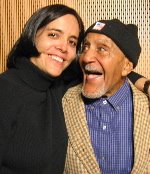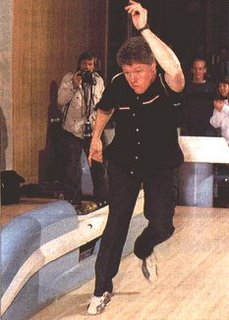
Nine-year-old Narcius Burns says he’s always felt safe in East Harlem.
“If someone tries to steal my money somebody’s always around to help,” he says matter-of-factly. “I know a lot people.”
As if on cue, a 40-somethingish man with cornrows in his hair and a young boy at his side comes over to the sidewalk corner where Narcius and I are standing. “Who’s this lady, Narcius?” he asks cautiously.
“Oh don’t worry about her,” Narcius replies glancing up at me. “She just wants to know what I think about Harlem.”
The man eyeballs my notebook and informs me that he’s a friend of Narcius’ family. He politely tells me that if I want to continue talking to Narcius, I will need to speak to his mother.
“No problem,” I stammer.
“She’s not far,” he says to me, answering the question that’s on my mind. He takes out his cell phone, dials a number and begins walking south toward 125th Street.
As we follow a few steps behind, Narcius tells me he's in the fourth grade at P.S. 197 in Harlem. He says he gets straight A’s and B’s and when he grows up he wants to go to Harvard and become a lawyer. I ask him what he’ll do with all the money he earns and he says that besides giving it to his family, he’d like to build new playgrounds and churches in the neighborhood because some of them are run down.
“So you’re going to stay in Harlem?” I ask. “There are so many places all over the world where you could live. Why do you want to stay here?”
He tells me that he likes other places but that he “gets to be friends with people of other cultures here.”
“Well that’s a good reason,” I say as we make our way off the busy street and into an old hair salon on 125th street.
A nice-looking woman named Vera, who I learn is Narcius’ mother, greets me inside.
I tell her why I’m talking to her son and try explaining the bagel blog to her. Although she must think this bagel business is nuts, Vera nevertheless agrees to let me sit down on a salon chair and finish my interview with her son.
“My mom does hair,” Narcius says to me as he puts his backpack on the ground and settles in.
He tells me that he’s looking forward to his science class this year because he gets to dissect a frog. In his free time he likes to play football and collect rocks in Marcus Garvey Park.
When we finish chatting, Narcius walks me out of the beauty shop and asks where I live.
I point east and tell him just a few blocks away.
“I know a lot of people around here,” he says. “So you can tell me if you need anything.”
I thank him, say goodbye and make my way home. It’s been a long time since a 9-year-old had my back. I’m glad he does.





















